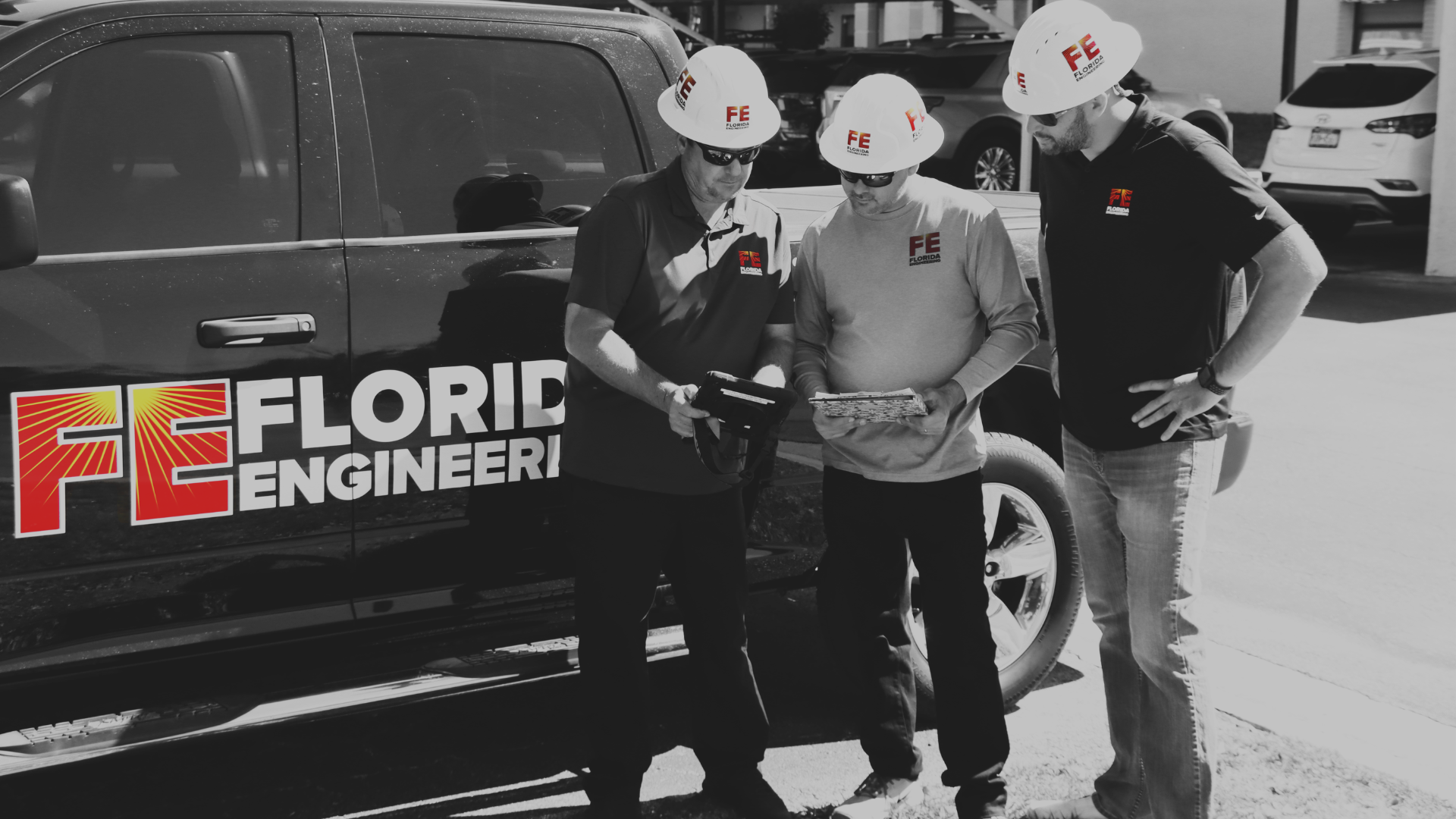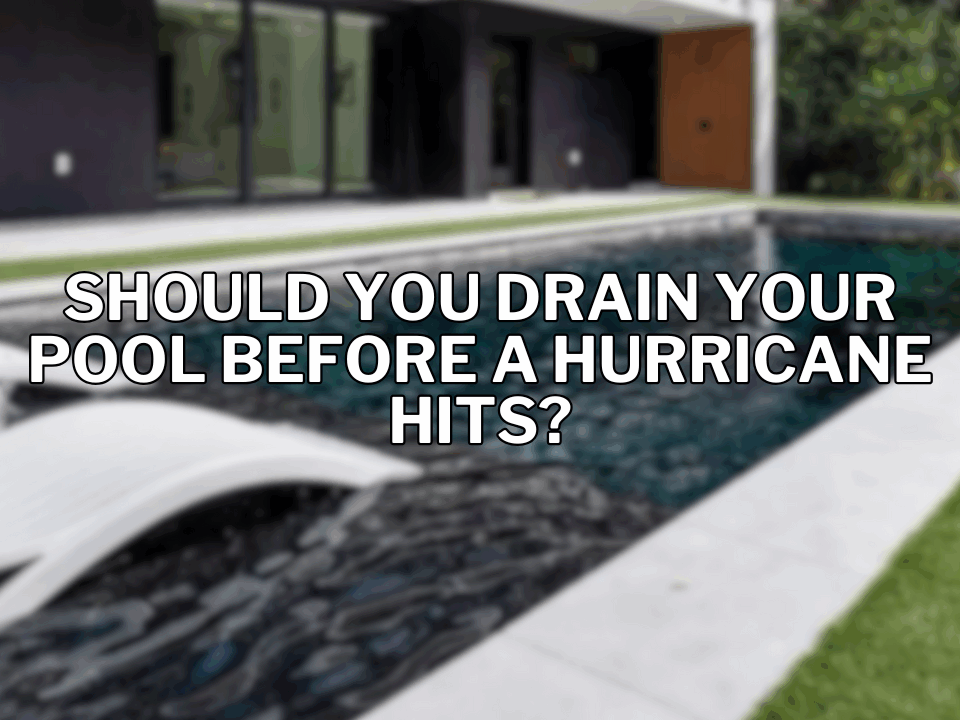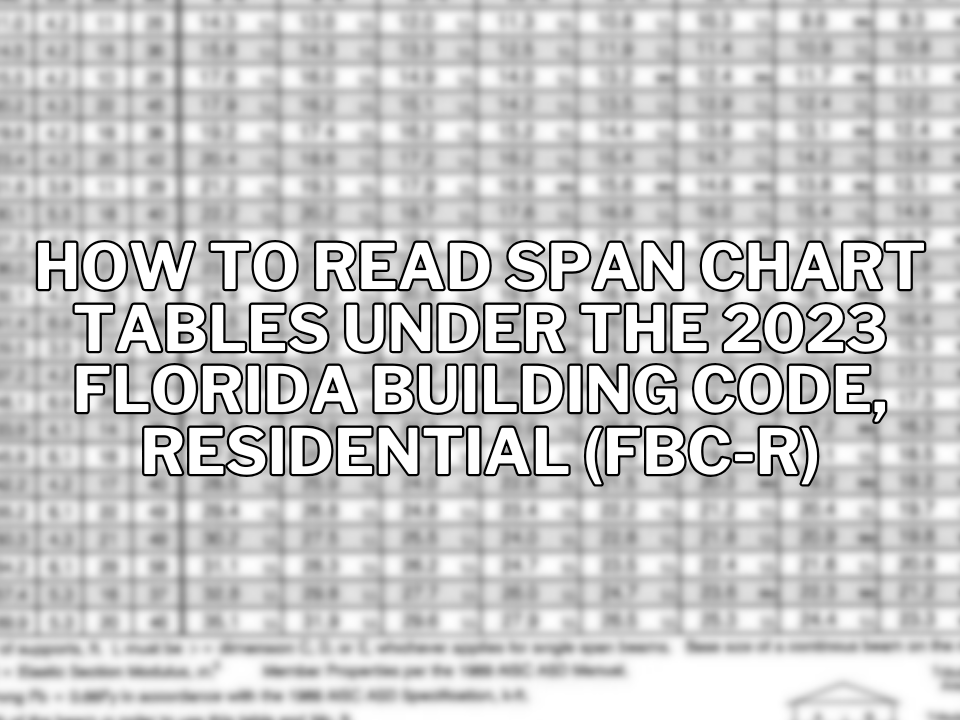Hurricane safety and preparedness in Florida is incredibly important. Since we engineer thousands of screen enclosures, screen rooms, and pool cages each year, we wanted to weigh in on this popular question! Should I cut my screens before the hurricane arrives to protect my aluminum structures?
Some aluminum screen structures are designed in accordance with Section 2002.7 of the Florida Building Code (FBC) and it is required to remove screens when winds are in excess of 75 mph. While this allowance is written into the FBC, at Florida Engineering LLC (FE) we do not believe that this type of design meets our high standards and commitment to our customers and the welfare of the general public. In fact, we would like to see this allowance removed from the code, but maybe that is a topic for another blog. For the purpose of this article, let us assume that the aluminum structure was designed and built to the required wind speed and exposure required for a particular site.
Some materials such as acrylic windows are designed to be removed for wind events greater than 75 mph. Removal instructions should be posted on your structure and those requirements should obviously be adhered to. Let us then focus on whether the screen mesh should be cut or better yet “removed” and also assume that we are talking about 1 of 3 main types of aluminum screen structures.
- Under truss screen panels
- Screen rooms with aluminum panel roofs
- Screen enclosures/Pool Cages
We will also assume standard 18/14 screen mesh.
For screen panels that are under truss, the screen will apply pressure to the typical framework and members. Please see the results of some basic designs in the 150 C windspeed and exposure category.
As seen below, the stress on the structure reduces by more than 40% when the screens are removed.
Figure 1: Screens in Place
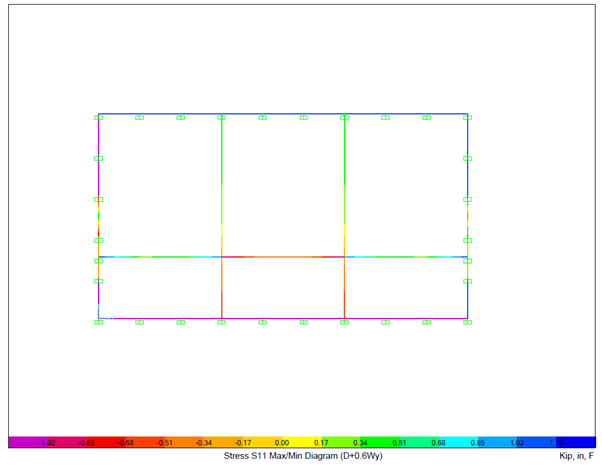
Figure 2: Screens Removed
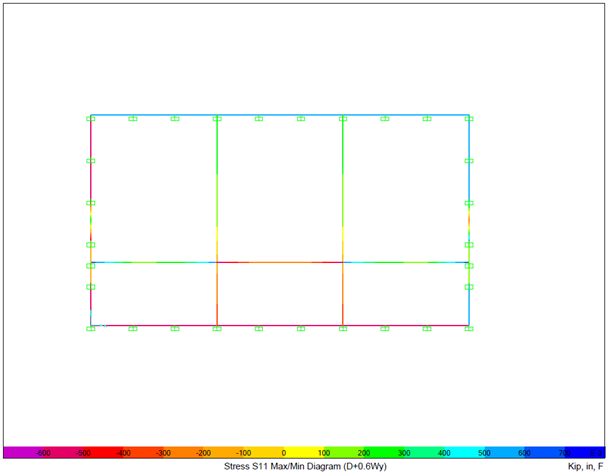
As with screen panels and screen rooms, for typical 1 and 2 story screen enclosures, the screen will apply additional forces to the cage members. Please see the results of some basic designs in the 150 C windspeed and exposure category.
As seen below, the stress on the structure reduces by up to 60% when the screens are removed.
Figure 3: Screens in Place
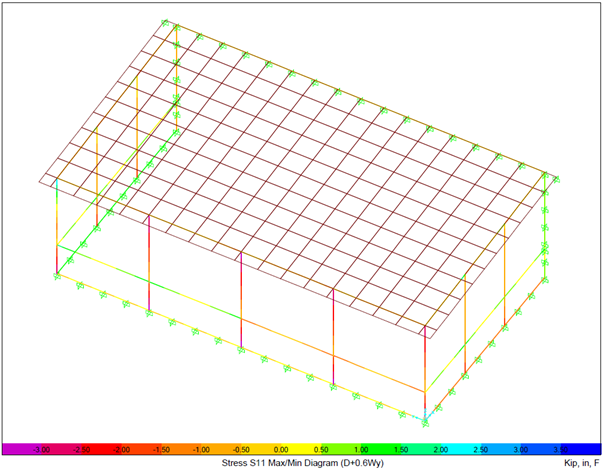
Figure 4: Screens in Place
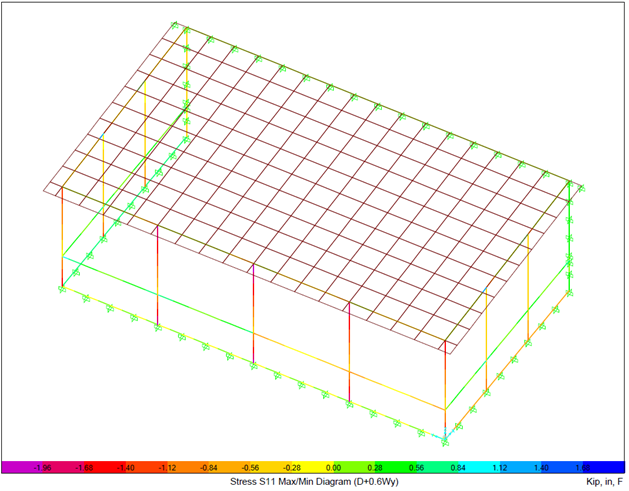
For screen rooms with aluminum pan or composite panel roofs, the screen will apply pressure to the typical framework, members as well as the aluminum roof. Please see the results of some basic designs in the 150 C windspeed and exposure category.
As seen below, the stress on the structure reduces by more than 50% when the screens are removed.
Figure 5: Screens in Place

Figure 6: Screens Removed
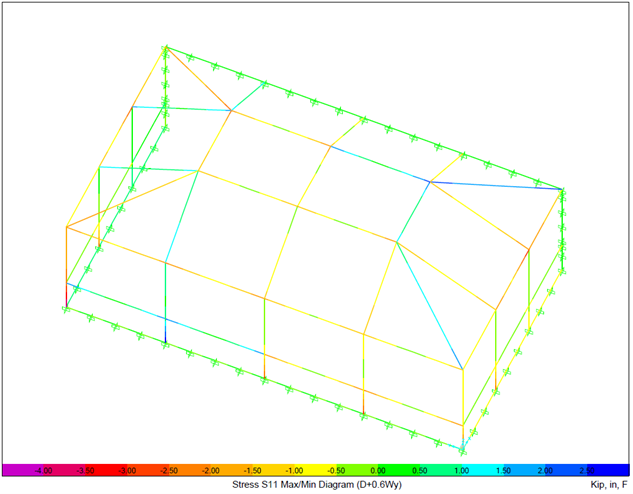
From these examples you can see that there is considerably less stress observed in the model when the screens are removed.
The screens would need to be fully removed to offer the biggest reduction in stress to the framework. If the screens are only cut, then flapping, half-attached screens would still transfer some stress to the members.
We are obviously not recommending that anyone risk their lives by cutting the screens or removing them, when they should be evacuating or taking shelter instead. Cutting the screens would, in all likelihood, be a gamble that would need to be done in advance of the storm, and hurricanes are notorious for changing directions and strength. If the hurricane makes a last-minute turn and the hurricane force winds do not hit, it could be quite probable, if not certain that the insurance companies may not want to reimburse monies for the screen repair work that will be needed for insured structures. It may be worth noting that if you have screen material that is greater than 18/14 for sunshade purposes or to try to keep the no-see-ums out, this material will add more stress to the members in a wind event than typical 18/14 screen mesh, but it may also be that the members are designed larger, which is often the case.
So regardless of the screen material, the following conclusion is the same.
- Verify with your contractor that your screened structure is built to stay in place as is for hurricane events.
- If your structure IS designed for screen removal in hurricane events (per Sec 2002.4, 2020 FBC), make sure you give yourself ample notice to safely cut (or remove) the screens.
- If you want to gamble that the hurricane winds are going to be much greater than the design windspeed of your cage, and further gamble that the cutting/removing the screen will prevent the cage member from damage, then by all means good luck, and stay safe in doing so.
The purpose of this article is to convey the message that screens do transfer additional wind loads to the members.
At Florida Engineering we specialize in the design of stay-in-place as-is screened structures to provide you with the best and most economical design that values convenience and more importantly, safety.

